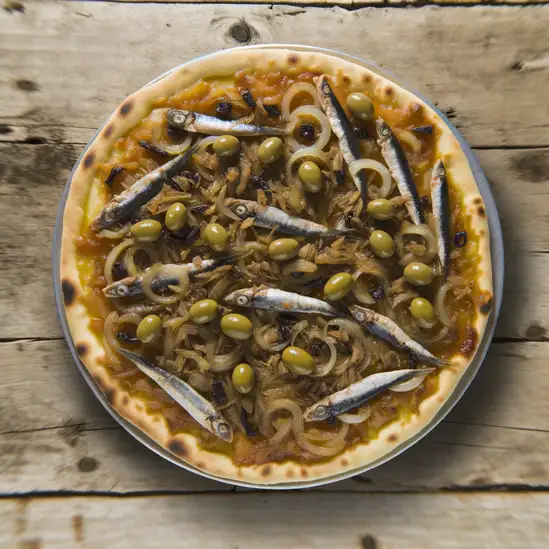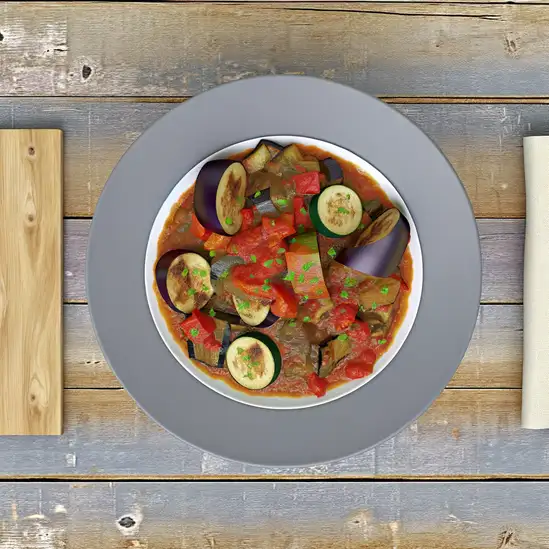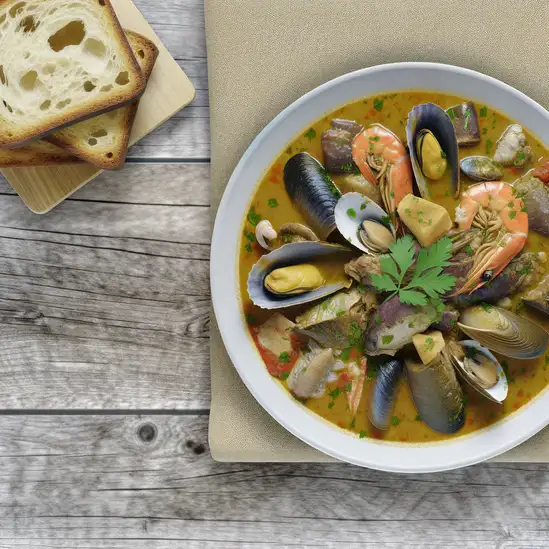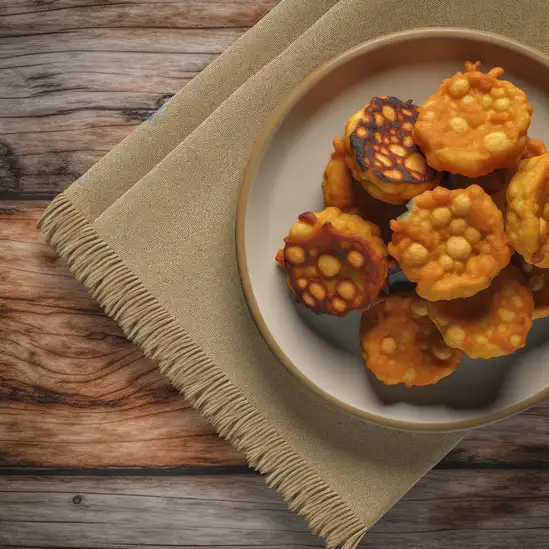



If you find yourself wandering through the Département des Bouches-du-Rhône,you’re stepping into a place where the Mediterranean sun wraps around you like a warm embrace and the scent of salty sea air mingles with fresh herbs from nearby markets. It’s a region that pulses with life—whether you’re strolling along the vibrant streets of Marseille,hearing the lively chatter in Provençal accents,or watching fishermen haul in their catch at the old port. There’s a raw,authentic energy here that feels both timeless and alive,like the land itself is telling stories through its rugged coastline and sun-dappled vineyards. The colors here are unforgettable:the deep blues of the sea,the ochre and terracotta rooftops,and the bursts of lavender and olive green that paint the countryside. You’ll taste it too—in the rich,briny flavors of bouillabaisse simmering in a cozy bistro,or in a glass of chilled rosé sipped under the shade of a plane tree. The culture is a beautiful blend of old and new,where ancient Roman ruins sit comfortably beside buzzing street art and lively music festivals. What really makes Bouches-du-Rhône special is its spirit—unpretentious,warm,and fiercely proud of its heritage. Whether you’re exploring the narrow alleys of Aix-en-Provence,hiking the dramatic cliffs of the Calanques,or simply savoring a café au lait while watching the world go by,you’ll feel like you’ve found a place that invites you to slow down,breathe deeply,and soak in the simple joys of life.
The information on this page is currently being reviewed by Tripkliq and should be used as a guide only
Eng word: Hello
Eng pronunciation: bohn-zhoor
Local language: Bonjour
Eng word: Goodbye
Eng pronunciation: oh ruh-vwahr
Local language: Au revoir
Eng word: Thank you
Eng pronunciation: mehr-see
Local language: Merci
Eng word: How much
Eng pronunciation: kohm-byen
Local language: Combien
Eng word: Toilet
Eng pronunciation: twa-let
Local language: Toilettes
Eng word: Help me
Eng pronunciation: eh-deh mwah
Local language: Aidez-moi
Eng word: Yes
Eng pronunciation: wee
Local language: Oui
Eng word: No
Eng pronunciation: noh
Local language: Non
Eng word: Excuse me
Eng pronunciation: ehk-skew-zay mwah
Local language: Excusez-moi
Marseille, the capital of Bouches-du-Rhône, is the oldest city in France, founded by Greek sailors from Phocaea around 600 BC. It has a rich history as a major trading port.
During the Roman era, Marseille, known as Massilia, was an important center of commerce and culture. The remnants of Roman architecture, such as the ancient port and the Roman docks, can still be seen today.
The Château d'If, located on the Île d'If in the Bay of Marseille, was built in the 16th century. It became famous as a prison and was immortalized in Alexandre Dumas' novel 'The Count of Monte Cristo.'
The basilica of Notre-Dame de la Garde, often referred to as 'La Bonne Mère,' is a major landmark in Marseille. Built in the 19th century, it offers stunning views of the city and the Mediterranean Sea.
The Old Port of Marseille has been the heart of the city since antiquity. It is a bustling area filled with markets, restaurants, and historical sites, reflecting the city's maritime heritage.
The Palais Longchamp, completed in 1869, is a grand monument that houses the Museum of Fine Arts and the Natural History Museum. It was built to celebrate the completion of the Canal de Marseille, which brought water to the city.
La Canebière is the historic high street of Marseille, stretching from the Old Port to the Réformés quarter. It has been a central artery of the city since the 17th century, lined with shops, cafes, and theaters.
The Abbey of Saint-Victor is one of the oldest Christian sites in France, dating back to the 5th century. It played a significant role in the religious and cultural life of medieval Marseille.
Le Panier is the oldest district in Marseille, known for its narrow streets, colorful houses, and vibrant atmosphere. It is a charming area that reflects the city's diverse cultural heritage.
In Département des Bouches-du-Rhône, the most common Power Adaptor is Type C, Type E.



A savory tart topped with caramelized onions, anchovies, and olives, originating from the Nice region but popular in the Bouches-du-Rhône.

A vegetable dish made from a mix of summer vegetables such as zucchini, eggplant, bell peppers, and tomatoes, often seasoned with herbs de Provence.

A traditional Provençal fish stew made with various types of fish, shellfish, and aromatic herbs, typically served with a side of rouille sauce and crusty bread.

Fried chickpea flour cakes that are crispy on the outside and soft on the inside, often served as a snack or appetizer.

Traditional Provençal biscuits shaped like boats, flavored with orange blossom, often enjoyed with tea or coffee.

A type of flatbread, often topped with olives, herbs, or cheese, that is a popular snack or accompaniment to meals in the region.

A garlic mayonnaise typically served with boiled vegetables, fish, or as a dip, showcasing the region's love for garlic and fresh ingredients.
Imagine stepping into a place where the sun seems to linger just a little longer,casting a golden glow over pastel-colored buildings and the sparkling Mediterranean Sea. That’s Nice for you—a city that effortlessly blends the relaxed charm of a seaside town with the vibrant pulse of French culture. Walking along the Promenade des Anglais,you’ll feel the gentle sea breeze on your skin and hear the rhythmic crash of waves mingling with the laughter of locals and tourists alike. The scent of freshly baked baguettes and rich espresso drifts from cozy cafés,inviting you to pause and savor the moment.
Nice has this wonderful rhythm,a mix of old-world elegance and laid-back joie de vivre. The narrow streets of the Old Town buzz with life—vendors calling out their colorful produce,the clinking of glasses in bustling bistros,and the occasional melody from a street musician. It’s a place where you can lose yourself exploring vibrant markets,then find a quiet spot to watch the sunset paint the sky in shades of pink and orange over the harbor.
What really makes Nice stand out is its effortless blend of cultures—French sophistication meets Mediterranean warmth. Whether you’re nibbling on a socca (a chickpea pancake) or sipping rosé at a terrace café,there’s a genuine friendliness that makes you feel like you belong. It’s a city that invites you to slow down,breathe deeply,and soak in the simple pleasures of life by the sea.
Imagine stepping into a place where the Mediterranean sun kisses your skin and the salty breeze carries whispers of old-world glamour—that’s Cannes for you. This city isn’t just about the famous film festival; it’s a vibrant mosaic of sun-drenched beaches,bustling markets,and elegant promenades that invite you to slow down and savor life. Walking along La Croisette,you’ll catch the rhythmic lapping of waves against the shore,the clinking of glasses from chic seaside cafés,and the soft murmur of conversations in a dozen languages. It’s a place where luxury feels effortless,yet warmly inviting.
The scent of fresh lavender and sea salt mingles with the aroma of freshly baked baguettes and rich espresso from corner boulangeries. Strolling through the old town,Le Suquet,you’ll find narrow cobblestone streets lined with colorful shutters and lively terraces where locals and visitors alike share laughter and stories over glasses of rosé. The city pulses with a creative energy,from the art galleries tucked away in quiet corners to the lively markets bursting with vibrant produce and fragrant herbs.
What makes Cannes truly special is its blend of sophistication and authenticity. It’s a city that celebrates beauty—in its architecture,its cuisine,and its people—without ever feeling pretentious. Whether you’re savoring a plate of fresh seafood by the harbor or watching the sunset paint the sky in shades of pink and gold,Cannes invites you to experience a slice of the French Riviera’s magic in a way that feels personal and unforgettable.
If you find yourself wandering through Toulon,you’ll immediately notice a certain salty breeze mingling with the hum of bustling markets and the distant clatter of boats rocking gently in the harbor. This city has a laid-back Mediterranean charm that feels both vibrant and intimate,like a place where the sea and the city have been whispering secrets to each other for centuries. Strolling along the waterfront,you’ll catch the scent of fresh seafood grilling nearby,mixed with the faint aroma of lavender and pine from the hills that cradle the town.
Toulon’s character is deeply tied to its naval roots,but it’s far from just a military port. The colorful facades of the old town invite you to get lost in narrow streets lined with cozy cafés and lively bistros where locals sip pastis and share stories over plates of bouillabaisse or socca. The city pulses with a genuine warmth—people here aren’t in a rush; they savor their moments,and you’ll feel that too,whether you’re watching fishermen haul in their catch or catching a sunset from the cable car that climbs up Mont Faron.
What makes Toulon truly special is how it balances the everyday with the extraordinary. You can spend your morning exploring art galleries and museums,then by afternoon,be swimming in crystal-clear waters or hiking trails that offer panoramic views of the sparkling bay. It’s a place that invites you to slow down,breathe deeply,and soak in the simple pleasures of life by the sea.
A luxurious city-state on the French Riviera,known for its casinos,yacht-filled harbor,and proximity to the Mediterranean islands.
ExploreIf you ever find yourself dreaming of a place where the Mediterranean sun kisses warm,golden stone streets and the scent of salty sea mingles with fresh herbs from nearby markets,Ajaccio is that kind of magic. Walking through its narrow alleys,you’ll hear the gentle hum of locals chatting over espresso,the clink of glasses from cozy cafés,and the distant call of seagulls above the harbor. It’s a city that feels alive but never rushed,where history and everyday life blend effortlessly.
Ajaccio’s charm is deeply tied to its roots—this is Napoleon Bonaparte’s birthplace,and you can feel the weight of history in the grand old buildings and the proud,welcoming spirit of its people. But it’s not just about the past; the city pulses with vibrant Corsican culture. You’ll catch the aroma of freshly baked pastries,the sharp tang of local cheeses,and the sweet,earthy notes of chestnut honey at the markets. Sitting by the waterfront,watching fishing boats bob gently on turquoise waters,you might even taste the freshest seafood you’ve ever had,paired with a glass of crisp Corsican wine.
What really stays with you is the atmosphere—warm,unpretentious,and full of life. Whether you’re wandering the sun-dappled squares,exploring the rugged coastline just beyond the city,or simply savoring a gelato while watching the sunset paint the sky in shades of pink and gold,Ajaccio invites you to slow down and soak it all in. It’s a place that feels like a heartfelt welcome,one you’ll want to return to again and again.
Barcelona feels like a vibrant mosaic where every corner pulses with life and color. The moment you step onto its sun-drenched streets,you’re wrapped in a warm Mediterranean embrace—salt in the air,the distant hum of waves mingling with lively chatter from bustling cafés. The city’s energy is contagious,a blend of old-world charm and modern creativity that invites you to slow down and savor each moment.
Wandering through the narrow alleys of the Gothic Quarter,you’ll hear the soft clinking of glasses and the melodic strum of a street guitarist,while the scent of fresh-baked bread and roasting coffee drifts from cozy bakeries. Barcelona’s architecture is like a living art gallery—Gaudí’s whimsical buildings,with their undulating lines and vibrant mosaics,feel almost dreamlike against the bright blue sky. It’s a place where history and imagination dance together.
Food here is a celebration in itself. Imagine biting into a perfectly crispy,golden croqueta or savoring the rich,smoky flavors of a traditional paella,all washed down with a glass of chilled cava. The city’s markets,like La Boqueria,burst with colors and aromas—ripe tomatoes,fresh seafood,and fragrant herbs—that make you want to taste everything.
What makes Barcelona truly special is its spirit:a city that lives passionately,where locals and visitors alike gather to share stories,laughter,and the simple joy of being in a place that feels both timeless and alive. Trust me,once you’ve experienced it,you’ll carry a piece of Barcelona’s magic with you long after you leave.
Scammers install skimming devices on ATMs to steal card information. Tourists are advised to use ATMs inside banks for safety.
Scammers pose as charity workers and approach tourists for donations. The money does not go to any real charity.
Scammers, often pretending to be from a charity or organization, ask tourists to sign a petition and then demand a donation or pickpocket them while they are distracted.
Unlicensed individuals pose as tour guides and offer overpriced or low-quality tours, often providing incorrect or misleading information.
Scammers approach tourists, tie a 'friendship bracelet' around their wrist, and then demand payment, sometimes aggressively.
A scammer pretends to find a gold ring on the ground and offers it to the tourist, claiming it is valuable. They then ask for money in return as a 'reward' or 'gesture of goodwill.'
Some taxi drivers may overcharge tourists by taking unnecessarily long routes or not using the meter. This is common at train stations or airports.
Thieves often target tourists in crowded areas like markets, train stations, and tourist attractions. They use distractions to steal wallets, phones, and other valuables.
Some restaurants in tourist-heavy areas may inflate prices for tourists or add hidden charges to the bill, such as extra fees for bread or water.
Scammers set up street games like 'shell games' or 'three-card monte' to lure tourists into betting money. These games are rigged, and tourists always lose.
The use, possession, and trafficking of illegal drugs are strictly prohibited in the Département des Bouches-du-Rhône, as in the rest of France. Penalties for drug-related offenses can be severe, including fines and imprisonment. Cannabis, although decriminalized for small amounts, can still result in fines. Tourists should be aware that drug laws are strictly enforced.
In the Département des Bouches-du-Rhône, as in the rest of France, smoking is prohibited in all enclosed public spaces, including restaurants, bars, cafes, and public transportation. Smoking is also banned in certain outdoor areas such as school grounds, playgrounds, and sports facilities. Designated smoking areas may be available in some places. Violations can result in fines.
Vaping is subject to similar regulations as smoking in the Département des Bouches-du-Rhône. It is prohibited in enclosed public spaces and certain outdoor areas. Some establishments may have designated vaping areas. Tourists should look for signs indicating where vaping is allowed or ask local authorities to avoid fines.
What are other people saying about Département des Bouches-du-Rhône?
Recent Social posts about Département des Bouches-du-Rhône
There is nothing to show you for now.